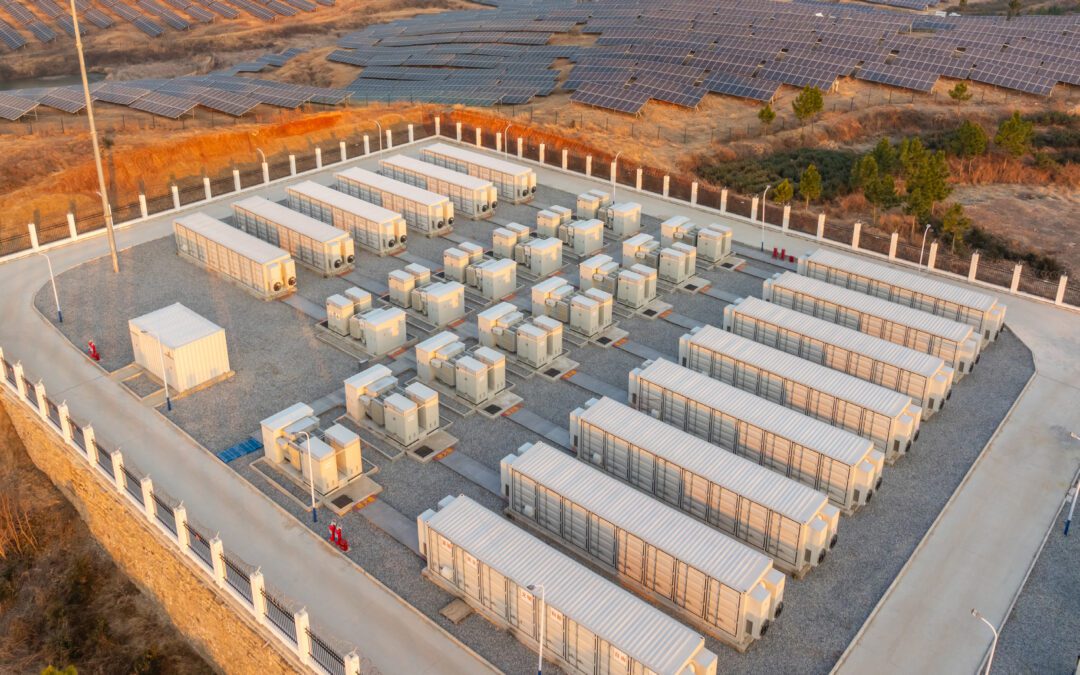RENEWABLE ENERGY RISK MANAGER MICHAEL COSGRAVE AND ENERGY CONSULTANT SAM JENSEN TEAM UP TO EXPLAIN WHY RENEWABLE ENERGY DEVELOPERS AND NOT THEIR EPC CONTRACTOR NEED TO OWN THE BUILDERS RISK INSURANCE POLICY ON THEIR PROJECTS
Who should control the insurance when constructing your next renewable energy project? Recently, the insurance risk managers here at RenewableGuard teamed up with the consultancy firm Traxler & Tong and their Managing Director of Renewable Energy Sam Jensen, to help answer this question. Who better to ask? Since 2007, Sam and his team have provided independent due diligence consultation on more than 700 renewable energy transactions from large and small residential to large and small utility scale projects to include a mix of solar, wind power, fuel cell, hydro, biomass and geothermal projects.
Through an analysis of policy forms, prior claims and general observations of hundreds of transactions, we compiled a list of reasons why it is almost ALWAYS best for a Developer to control the insurance for their projects.
The question comes up more often than you’d think, and many developers are unknowingly taking on additional risk by having their Engineering, Procurement, and Construction (EPC) contractor obtain the insurance. Let’s use an example to help make this point.
Project – 60MWdc Utility Scale Ground Mount Solar Project in the United States
Insurance Considerations –
- Builders Risk/Property Policy approximately $60M.
- Business Income/Revenue Coverage of $4M
- Delay in Start Up
- General Liability of $1M per occurrence
- Umbrella Liability of $5M per occurrence
List of Issues – If the EPC contractor procures the insurance during the construction phase, listing the EPC as the primary named insured and their developer/project owner as the additional insured on their policy:
- Lost Delay in Startup Project Revenues – Contractors and subcontractors have no insurable interest in the Project revenue, which lenders will require the insured to buy through Delay in Start Insurance. Annual revenues on a project of this size might range between $3.5M – $4M. A delay of 3 months could equate to a loss of $900K that would most often not be insured under the EPC’s policy.
- Lack of Project Specific Limits – How broad is the policy language from your EPC’s carrier? By controlling their own insurance, the Developer removes this question all together. They can obtain broadened coverage with sub limits for items like earthquake and flood tailored to a specific project and the risk concerns of the Developer.
- Claims from Other Project – More often than not, coverage limits earmarked for your project are shared with ALL the other projects the contractor is completing construction on. Contractors may have policy aggregates which could be eroded by losses on other projects and ultimately limit their insurer from making claims payments on a specific project.
- Added EPC Mark Ups – Going direct to purchase your own insurance reduces the likelihood of insurance costs mark ups by the contractor.
- Policy Transition for Construction to Operational – Avoid grey areas from a claims perspective that could arise when transferring to an Operational All Risks policy for losses that are related to issues arising from the course of construction and/or maintenance period.
- Build your Carrier Relationship: Going direct builds an early relationship for the Owner with their preferred carrier, which can be leveraged on long term operational costs as well as other projects. We have seen carriers make pricing concession of 20% or more for their preferred insureds.
- Claim Pay-outs – Greater control by the owner in receiving money from insurers following a claim.
- Coverage for your EPC – Contractors/ subcontractors are still named in the policy as additional insureds so they are not put in a disadvantaged position.
As you can see, there are many reasons why it makes sense for the Owner/Developer of a project to also own their insurance. Sam offers some final advice to the developers of these renewable energy projects when working through control of their insurance:
“Placing Builders Risk under a developer controlled program often leads to broader coverage more tailored to the risks of the developer and their financing parties. The trend of having the developer place the course of construction and operational phase property insurance helps to eliminate the risk in lapse of coverage between substantial completion and placed in service dates while cutting down an administrative work and possibility of human error”
Conclusion:
Not all carriers offer the broad coverage afforded by renewable energy specific insurance carriers. As a renewable energy insurance broker, RenewableGuard places all coverage with unique renewable energy industry specific markets. It is always advisable that if insureds are seeking to start or grow their renewable energy business, it’s best to partner with a carrier AND insurance broker who understand the unique exposures associated with renewable energy.
For more information on how to obtain coverage from a renewable energy specific carrier, please contact the renewable energy risk managers at RenewableGuard.com
This article was published by Michael Cosgrave, CRM, CIC and Sam Jensen, Managing Director of Renewable Energy at Traxler & Tong.
Michael is a Certified Risk Manager for the Renewable Energy Industry and manages the insurance services offered through RenewableGuard. Michael is also the nationally endorsed insurance broker for a highly effective and encompassing multi-line renewable energy industry coverage program.
Sam is a Renewable Energy consultant with professional expertise in insurance / risk management for Lenders, Developers, Investors. Focusing in renewable energy.











